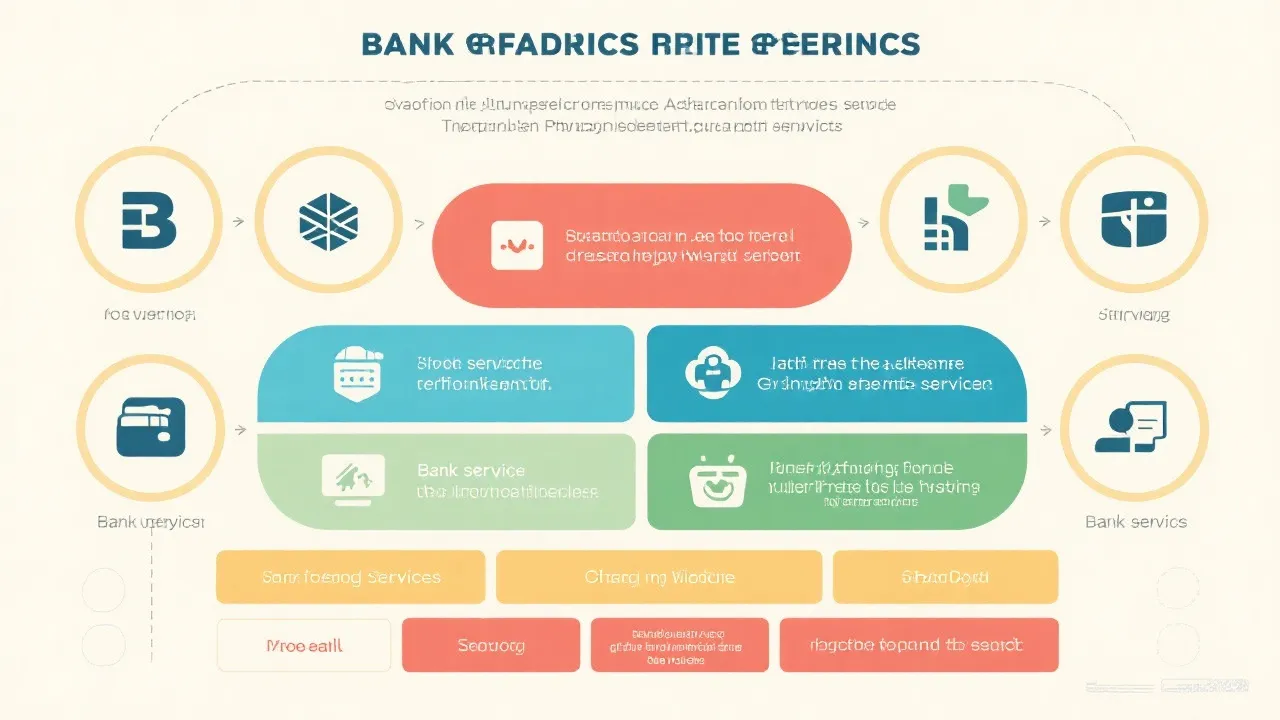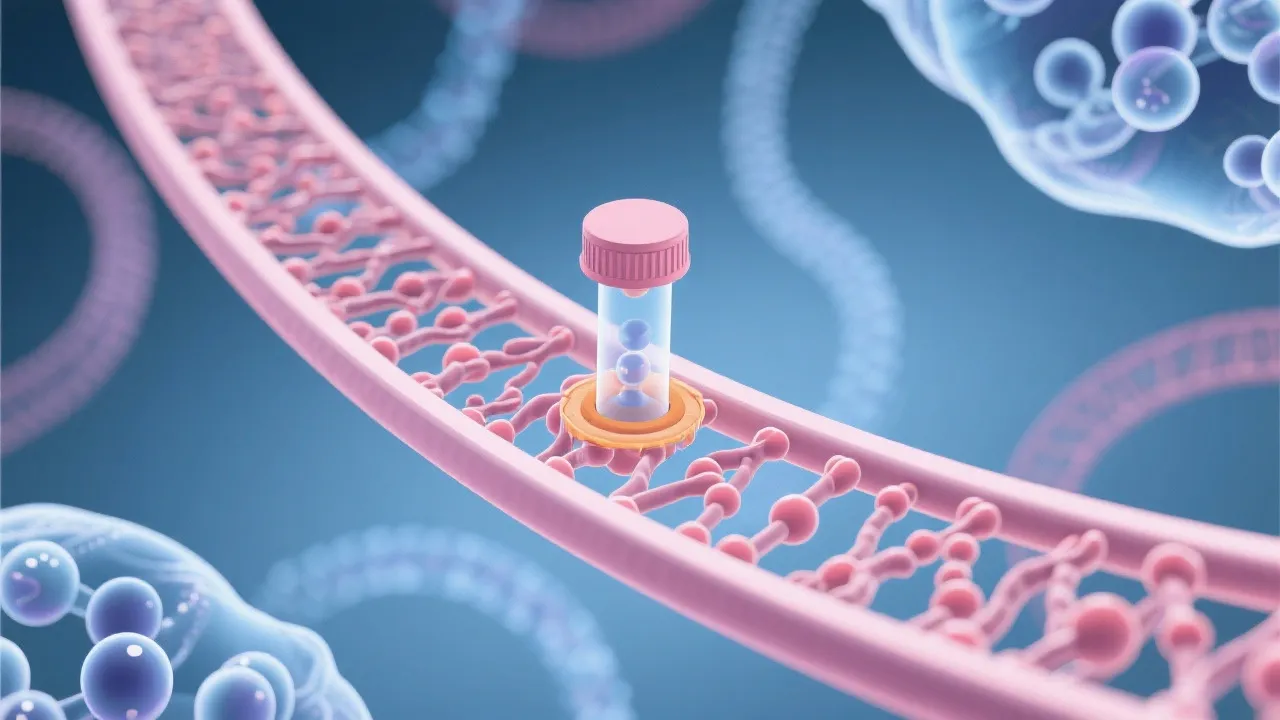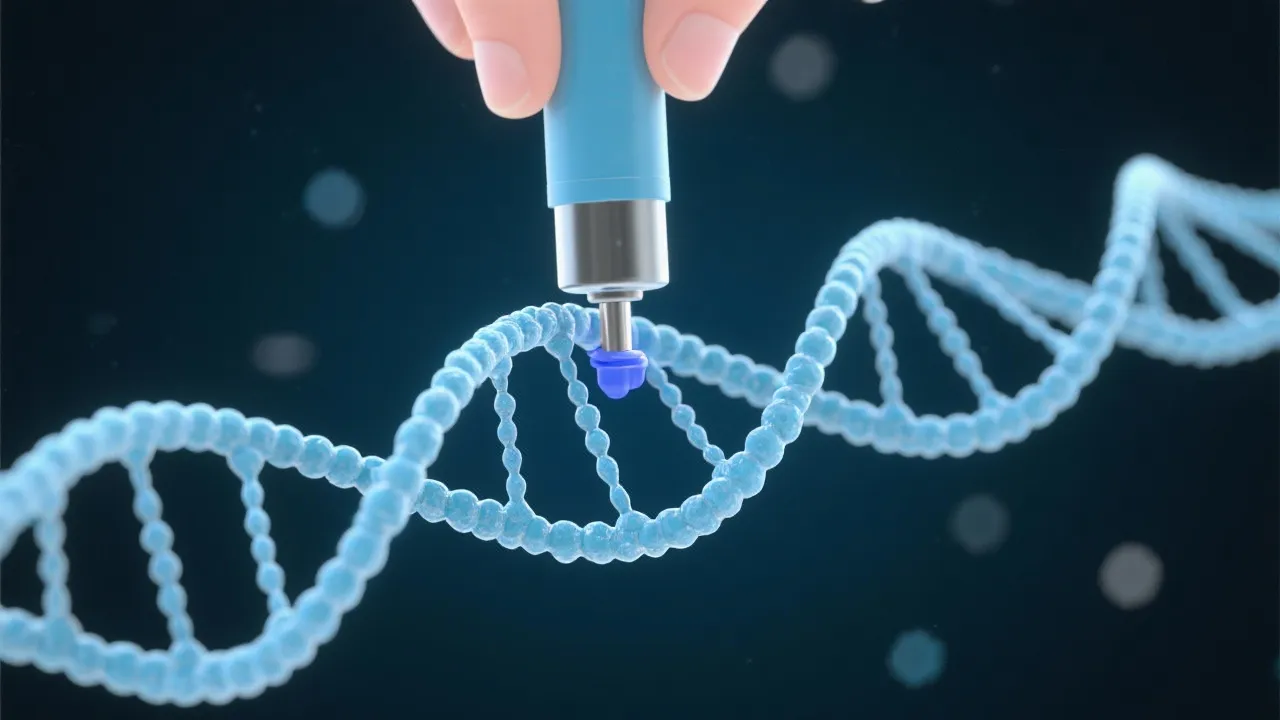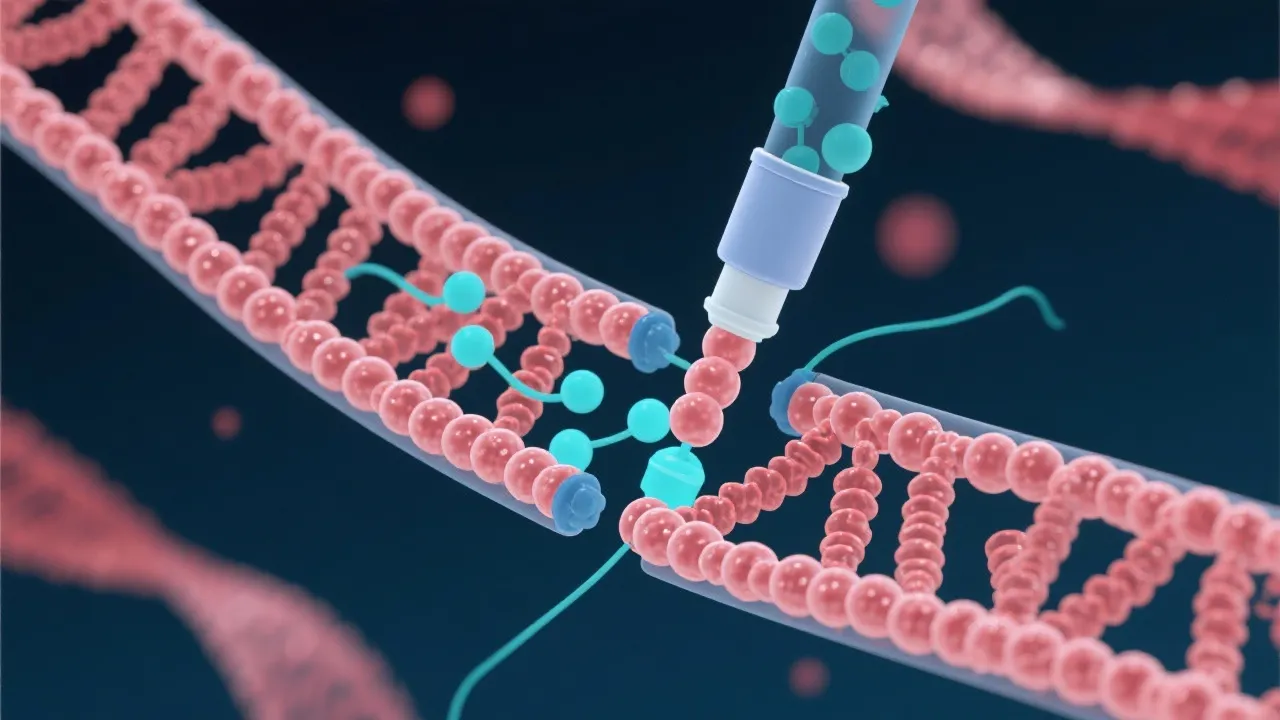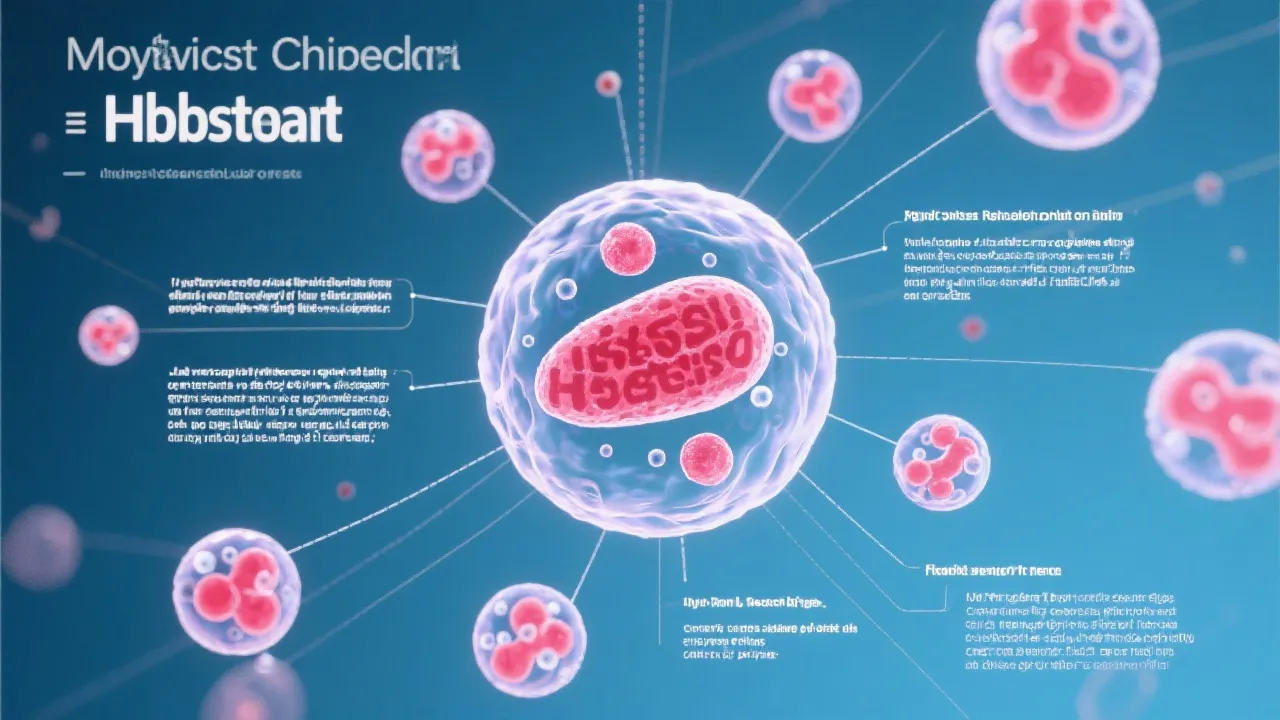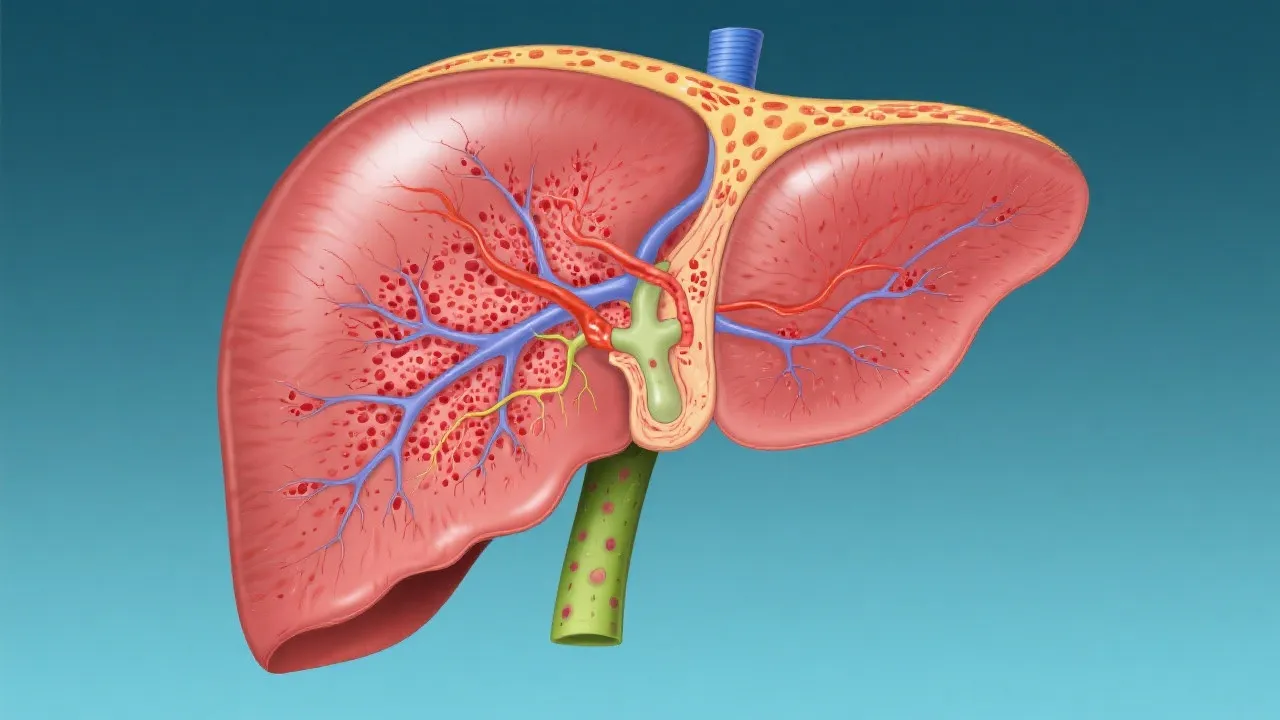Unraveling the mRNA Capping Mechanism
This article delves into the intricate process of mRNA capping, a crucial step in eukaryotic gene expression. mRNA capping involves the addition of a 5' cap to the nascent RNA, which plays a vital role in RNA stability, transport, and translation initiation. Understanding this process offers insights into the complexities of cellular function and the regulation of gene expression.
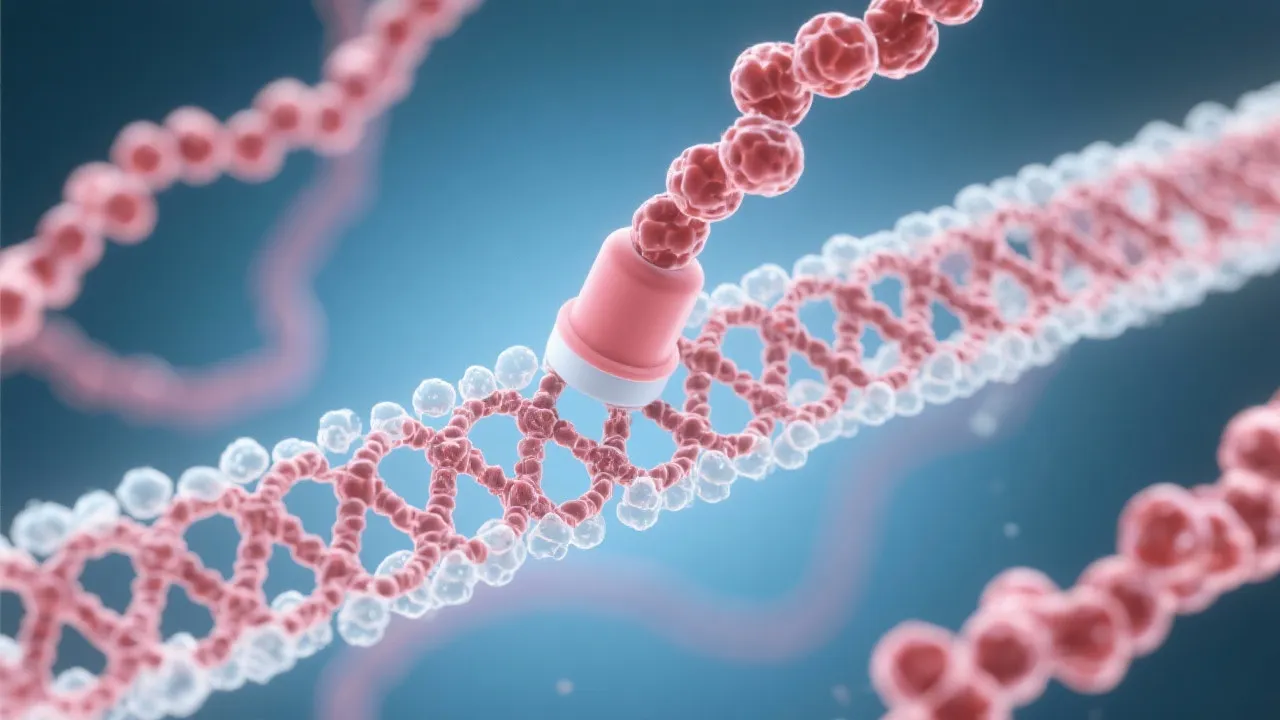
Understanding the Importance of mRNA Capping
mRNA capping is a fundamental biochemical mechanism that plays a critical role in gene expression within eukaryotic cells. This process involves the addition of a 7-methylguanylate cap to the 5' end of the nascent mRNA transcript, marking it as functional mRNA. The cap structure is crucial for mRNA stability, efficient splicing of pre-mRNA, export to the cytoplasm, and translation initiation. In recent years, researchers have begun to appreciate the extent to which mRNA capping impacts not only the physical properties of the mRNA molecule but also its interactions with various protein factors that dictate its fate within the cell and its overall cellular functions.
The mRNA Capping Process: An Overview
The capping of mRNA is a complex enzymatic process, generally occurring co-transcriptionally when the RNA Polymerase II enzyme produces mRNA precursor transcripts. The process begins with the removal of the γ-phosphate from the 5' end of the nascent mRNA. This step is catalyzed by an enzyme called RNA triphosphatase. Next, a guanine group is attached via a 5'-5' triphosphate linkage facilitated by a guanylyltransferase. The final step involves methylation of the guanine base, performed by a methyltransferase, resulting in a mature mRNA with a 7-methylguanylate cap. This modification process is not merely a protective measure; it is intricately linked to other mRNA processing events, including splicing and polyadenylation, which together contribute to the maturation of mRNA.
The biochemistry of mRNA capping is influenced by a variety of factors, including the sequence context of the mRNA, the status of upstream transcriptional activity, and cellular conditions that may favor or inhibit capping. Intriguingly, certain features of the nascent transcript and specific transcription factors can promote or hinder the capping process. Moreover, different species exhibit variations in capping machinery and the structural characteristics of the cap itself, which suggests that there may be evolutionary advantages associated with these differences.
Functions and Significance of mRNA Capping
The 5' cap structure serves several vital functions in RNA metabolism. It protects mRNA from exonucleolytic degradation, thus prolonging its half-life and ensuring that it is available for translation. Moreover, the cap is necessary for ribosome recruitment, as it significantly enhances the translation efficiency by interacting with eukaryotic initiation factor 4E (eIF4E). Furthermore, the cap structure facilitates the nuclear export of mRNA, ensuring its delivery to the ribosomal machinery in the cytoplasm.
This dual role—serving both as a marker for stability and as a tool for processivity—underscores the importance of mRNA capping in cellular physiology. In addition to the aforementioned functions, recent studies have suggested that the cap structure may also play a role in the regulation of mRNA transport and localization within the cell. This opens new avenues of research exploring how localized mRNA populations are regulated at the cap level, thereby influencing spatial and temporal gene expression patterns across different cell types and conditions.
Implications in Cellular Biology
The regulation of mRNA capping is closely tied to cellular responses and developmental processes. mRNA capping modifications can result in changes to gene expression patterns, impacting cell growth and differentiation. For instance, during embryonic development, the precise timing and regulation of mRNA capping can be critical for the successful expression of developmental genes. Abnormalities in capping processes could lead to dysregulated expression, contributing to diseases such as cancer. Evidence suggests that certain oncogenes might depend heavily on altered capping mechanisms to evade normal regulatory controls, thus allowing for uncontrolled cellular proliferation and tumor formation.
Moreover, understanding these mechanisms is paramount for developing therapeutic strategies targeting specific mRNA processing pathways. For instance, small molecules aimed at correcting dysfunctional capping enzymes are being explored as potential treatments for diseases where mRNA processing is disrupted. These insights can pave the way for novel RNA-centric therapies that can be tailored to counteract specific aberrant pathways in diseases ranging from neurodegenerative disorders to various malignancies.
| Component | Function |
|---|---|
| RNA Triphosphatase | Removes the γ-phosphate from the 5' end of the precursor mRNA. |
| Guanylyltransferase | Facilitates addition of a guanine group to the mRNA. |
| Methyltransferase | Performs methylation of the guanine to form the final cap structure. |
Advanced Research and Future Directions
With technological advances, research has expanded to uncover the nuances of mRNA capping. Cutting-edge techniques in molecular biology and genomics are now examining how capping influences different eukaryotic organisms. High-throughput sequencing technologies and RNA profiling approaches have improved our understanding of how mRNA capping varies between developmental stages and across different tissues. A particularly intriguing area of research is the role of dynamic changes in mRNA capping and their impact on gene expression in response to external stimuli, such as stress or nutrient availability, which can have profound implications for cell adaptation and function.
Furthermore, there is a particular focus on understanding mRNA capping's role in human diseases and exploring potential pharmacological interventions that could correct defective capping pathways. Cancer therapy research is already diving deep into the relationship between mRNA capping and tumor evolution, targeting specific capping enzymes to reduce tumor cell survival. Beyond oncology, research into rare genetic disorders associated with mutations in capping enzymes is shedding light on potential treatment strategies that might involve gene therapy or mRNA replacement therapies.
mRNA Capping in Viral Pathogenesis
It’s noteworthy that not only host cells but viruses also exploit mRNA capping for their benefit. Many viruses, especially RNA viruses like influenza and coronaviruses, have developed strategies to cap their mRNAs, mimicking their host’s capping mechanisms to avoid detection by the immune system. The viral mRNA cap assists in translation by hijacking host translational machinery, allowing the virus to replicate efficiently. This interplay suggests that the mechanisms of mRNA capping could be potential targets for antiviral therapies, providing fertile ground for developing drugs that inhibit these viral processes. By understanding how viruses manipulate mRNA capping, researchers can devise innovative strategies to counteract viral infections.
Comparative Biology of mRNA Capping
Research into mRNA capping has also expanded into comparative biology, revealing variations in capping mechanisms across different species. While the basic process of capping is conserved, specific features can vary dramatically between organisms. For example, some organisms utilize different types of caps or employ different enzymes altogether. The evolutionary rationale for these differences can provide insights into how mRNA metabolism has adapted to various environmental niches.
Comparative studies not only help in understanding the basic biology of mRNA capping but can also improve our approaches in biotechnology and synthetic biology. For instance, manipulating capping pathways to engineer mRNA with improved stability and translation efficiency can significantly enhance the design of mRNA-based vaccines and therapeutics. As mRNA technology continues to evolve, knowledge from comparative biology could play a pivotal role in optimizing these applications.
FAQs
- What is the purpose of mRNA capping? mRNA capping protects the mRNA from degradation, aids in ribosome binding for translation, and assists in nuclear export.
- What enzymes are involved in mRNA capping? Key enzymes include RNA triphosphatase, guanylyltransferase, and methyltransferase.
- How does mRNA capping affect translation? The cap structure is necessary for the proper initiation of translation as it facilitates ribosome binding through eIF4E interaction.
- Can mRNA capping influence gene expression? Yes, it can directly influence mRNA stability and efficiency of translation, thereby affecting gene expression.
- What role does mRNA capping play in viral infections? Many viruses use mRNA capping to mask their viral RNA as host RNA, facilitating translation and evasion of the immune system.
- How can understanding mRNA capping mechanisms contribute to therapeutic strategies? Insights into mRNA capping can lead to the development of drugs targeting specific aberrations in capping pathways involved in various diseases.


